Best Used Car, Services, Auto Parts, Rent Car Available for Buy and Sell Near By Go Ahead
- Emerging Trends in Farm Equipment for 2025
- 2025 Agricultural Forecast: Key Trends and Predictions for Crop Production in India
- Key Stakeholders of the Used Tractor Market in India and Sources of Used Tractors
- Mini Tractors in India - Features, Prices, and the Best Options
- Exploring Top 10 Tractor Brands for Farming in India
- Evolution of Tractors in India: A Journey Through the Decades
- Understanding Tractor CC: Explaining the Concept and Significance
- Top 10 Farm Equipment and Tools in India to Boost Agricultural Efficiency
- महिंद्रा मिनी ट्रैक्टर - कीमत, मॉडल, और सुविधाएँ
- Used Tractor Loans in India: A Complete Guide to Financing Your Purchase
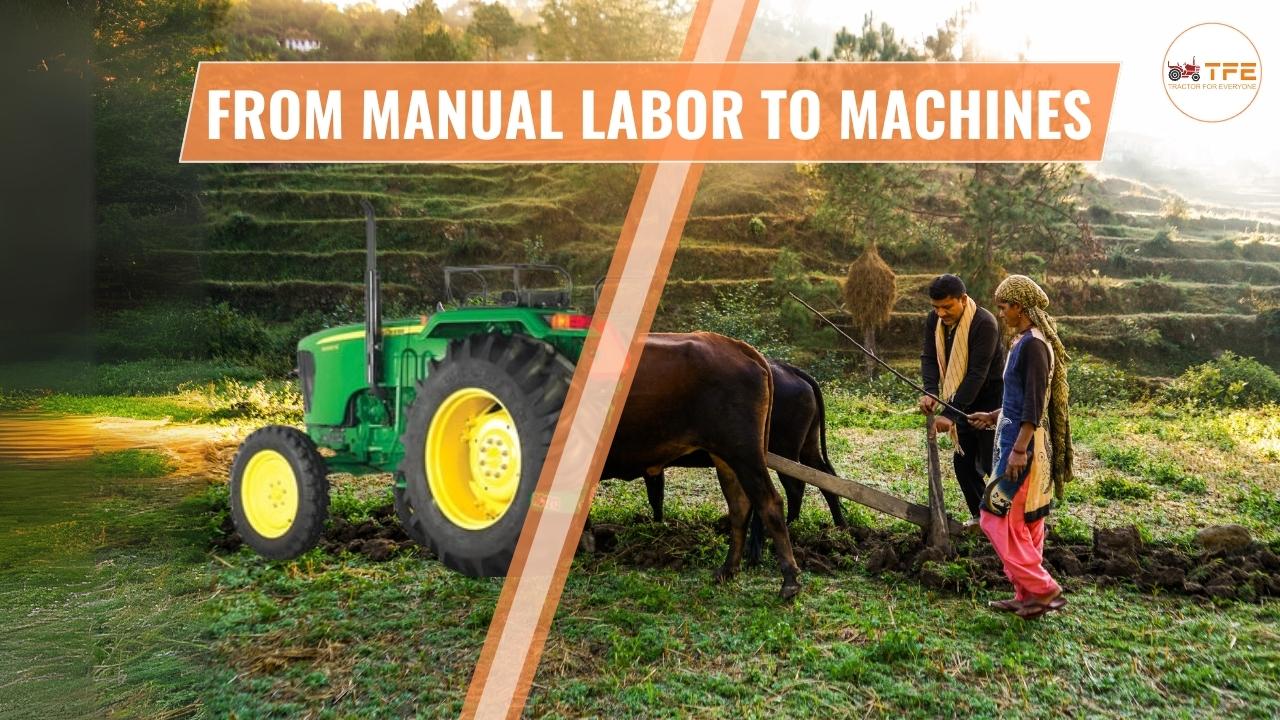
From Manual Labor to Machines: The Shift Towards Farm Mechanization in India
India has always been an agrarian economy, with over 58% of the population depending on agriculture for their livelihood. However, the traditional methods of farming, which heavily rely on manual labor, have posed significant challenges to farmers. These include low productivity, time-consuming processes, and physical strain. With the growing demand for food and the rising cost of manual labor, farm mechanization has emerged as a transformative solution for the Indian agricultural sector.
Farm mechanization refers to the use of machinery and farm equipment to perform farming operations, reducing dependency on human and animal power. In India, this shift from manual labor to machines is more than just a technological advancement; it represents a revolution that aims to enhance productivity, ensure sustainability, and improve farmers' livelihoods.
The Current State of Farm Mechanization in India
India's mechanization rate stands at around 40–45%, far below countries like the USA (95%) or China (57%). While northern states such as Punjab and Haryana have achieved higher levels of mechanization due to better access to resources and infrastructure, the southern and eastern regions are still catching up. Small and marginal farmers, who constitute 86% of the farming community, often lack the financial means to invest in farm machinery.
Despite these challenges, the Indian government and private sector are working together to accelerate the adoption of mechanization. Schemes like the Sub-Mission on Agricultural Mechanization (SMAM) and custom hiring centers are playing a vital role in bridging the gap by making farm equipment accessible and affordable.
Why is Farm Mechanization Important?
Increased Productivity
Manual farming methods are time-consuming and labor-intensive. By adopting mechanized tools like tractors, rotavators, and seeders, farmers can increase the speed and efficiency of operations such as ploughing, sowing, and harvesting. For example, using a combine harvester can cut down the time required for harvesting crops like wheat and rice by more than half, enabling farmers to grow multiple crops in a year.
Reduced Dependency on Labor
India faces a rising shortage of agricultural labor due to urbanization and migration to non-farming sectors. Farm mechanization helps address this issue by reducing the dependency on manual labor, especially during peak seasons.
Cost Efficiency
While the initial investment in machinery may seem high, the long-term benefits outweigh the costs. Machines reduce wastage, optimize resource use, and minimize operational costs, making farming more profitable.
Improved Precision
Modern machinery enables precision farming, ensuring accurate sowing, fertilizer application, and irrigation. This reduces wastage of resources like water and fertilizers, leading to better crop yields.
Health and Safety
Traditional farming often involves physically demanding tasks, exposing farmers to health risks. Mechanization reduces the physical strain and improves safety, allowing farmers to work more efficiently.
Sustainability
With the right machinery, farmers can adopt eco-friendly practices like zero-tillage, drip irrigation, and organic farming, contributing to sustainable agriculture.
Types of Farm Machinery Transforming Indian Agriculture
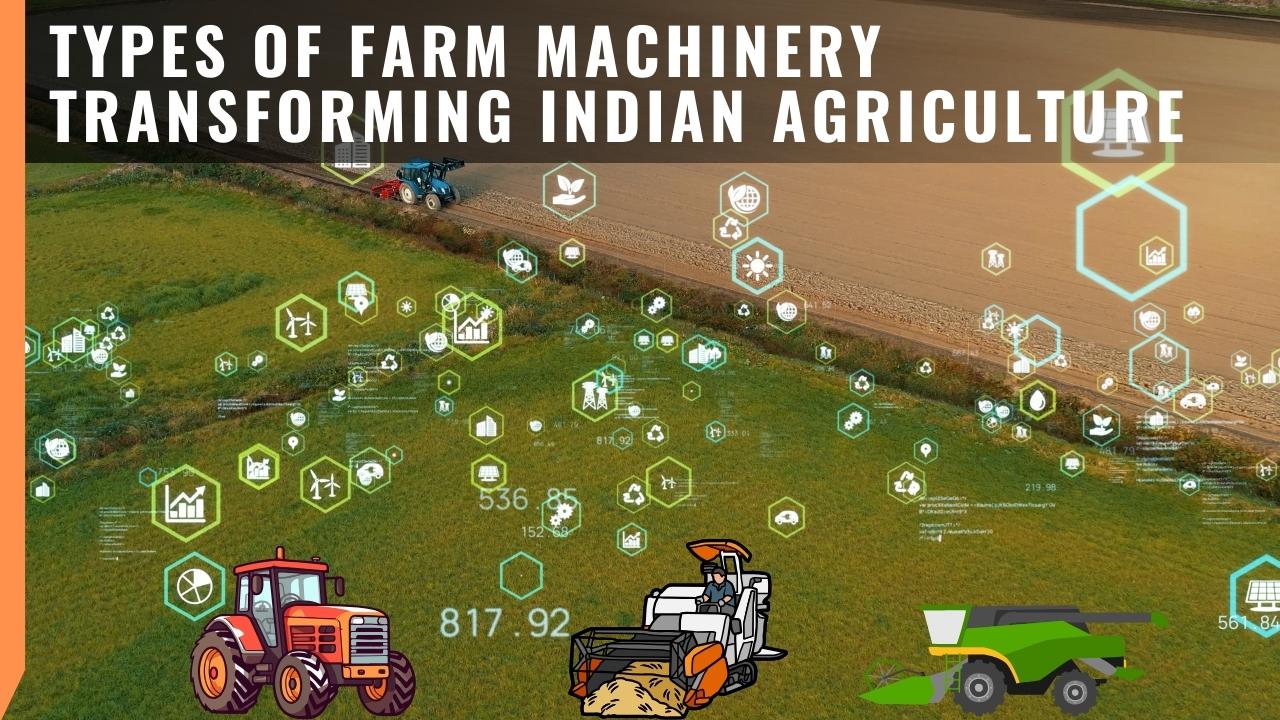
Tractors
Tractors are the backbone of farm mechanization in India. From ploughing to transporting goods, these versatile machines have become a staple for Indian farmers. The advent of compact tractors has further eased accessibility for small and marginal farmers.
Harvesters
Harvesters, including combine harvesters and sugarcane harvesters, significantly reduce the time and effort required for harvesting. They also minimize grain loss during the process.
Seeders and Planters
These machines ensure precise planting of seeds at uniform depths and spacing, leading to better germination rates and higher yields.
Rotavators and Tillers
Used for soil preparation, rotavators and tillers break down soil clumps, making it suitable for sowing. They save time compared to traditional ploughing methods.
Irrigation Equipment
Mechanized irrigation systems like drip irrigation and sprinklers ensure optimal water use, addressing water scarcity issues in India.
Drones
Although still at a nascent stage in India, drones are being used for tasks such as crop monitoring, spraying pesticides, and assessing soil health. They are gradually gaining popularity due to their efficiency and cost-effectiveness.
Challenges in Farm Mechanization
Affordability
Farm machinery often comes with a hefty price tag, making it unaffordable for small-scale farmers. While subsidies and loans are available, many farmers remain unaware of these schemes.
Land Fragmentation
Small and scattered landholdings make it challenging to use large machinery effectively. This issue is particularly prevalent in states like Bihar and West Bengal.
Lack of Awareness
Many farmers are unaware of the benefits of mechanization or the availability of modern equipment. A lack of education and technical training further hinders adoption.
Inadequate Infrastructure
Poor rural infrastructure, including inadequate power supply and road connectivity, limits the effective use of machinery.
Cultural Resistance
In some regions, farmers hesitate to abandon traditional practices due to cultural and emotional attachments or fear of change.
Also Read: Emerging Trends in Farm Equipment for 2025
Initiatives to Promote Farm Mechanization in India
Government Schemes
The Sub-Mission on Agricultural Mechanization (SMAM) offers financial assistance to farmers for purchasing machinery.
The Custom Hiring Centers (CHCs) initiative allows farmers to rent equipment at affordable rates. This model is especially beneficial for small and marginal farmers.
Farmer Producer Organizations (FPOs)
FPOs enable collective ownership and use of machinery, reducing individual costs. These organizations also help farmers access financial assistance and technical training.
Private Sector Contributions
Companies like Mahindra, John Deere, and Escorts are introducing affordable and innovative farm equipment tailored for Indian farmers. Some firms also provide flexible financing options.
Skill Development Programmed
Training workshops and demonstrations help farmers understand the operation and maintenance of machinery, ensuring its effective use.
The Road Ahead: Towards Full-Scale Mechanization
While significant progress has been made, there is still a long way to go to achieve full-scale mechanization in India. Policymakers and stakeholders need to address the barriers and create an inclusive ecosystem where every farmer, regardless of their landholding size or financial capacity, can benefit from mechanization.
Here are some actionable steps to accelerate the transition:
Strengthening Subsidy Programmed
Ensuring timely disbursement of subsidies and simplifying the application process can encourage more farmers to invest in machinery.
Promoting Custom Hiring Centers (CHCs)
Expanding CHCs to underserved regions and increasing awareness among farmers can make machinery accessible to all.
Improving Infrastructure
Developing rural roads, ensuring a stable power supply, and enhancing storage facilities will support the effective use of machinery.
Educating Farmers
Conducting awareness campaigns and providing hands-on training can help farmers embrace mechanization. Partnering with local NGOs and FPOs can amplify these efforts.
Innovating for Small Farmers
Developing cost-effective, compact machinery tailored for small landholdings can encourage adoption among marginal farmers.
Conclusion
The shift from manual labor to machines marks a new era in Indian agriculture, one that promises to transform farming into a more efficient, profitable, and sustainable endeavor. While challenges remain, the benefits of mechanization far outweigh the hurdles. By adopting modern machinery, Indian farmers can overcome traditional constraints, boost productivity, and secure their livelihoods in an increasingly competitive agricultural landscape.
As India marches towards becoming a global agricultural powerhouse, farm mechanization will play a pivotal role in shaping the future. It’s not just a change in tools; it’s a change in mindset, practices, and possibilities—empowering farmers to grow more, earn more, and lead a better life.
Write a Comment
Popular Blogs
-
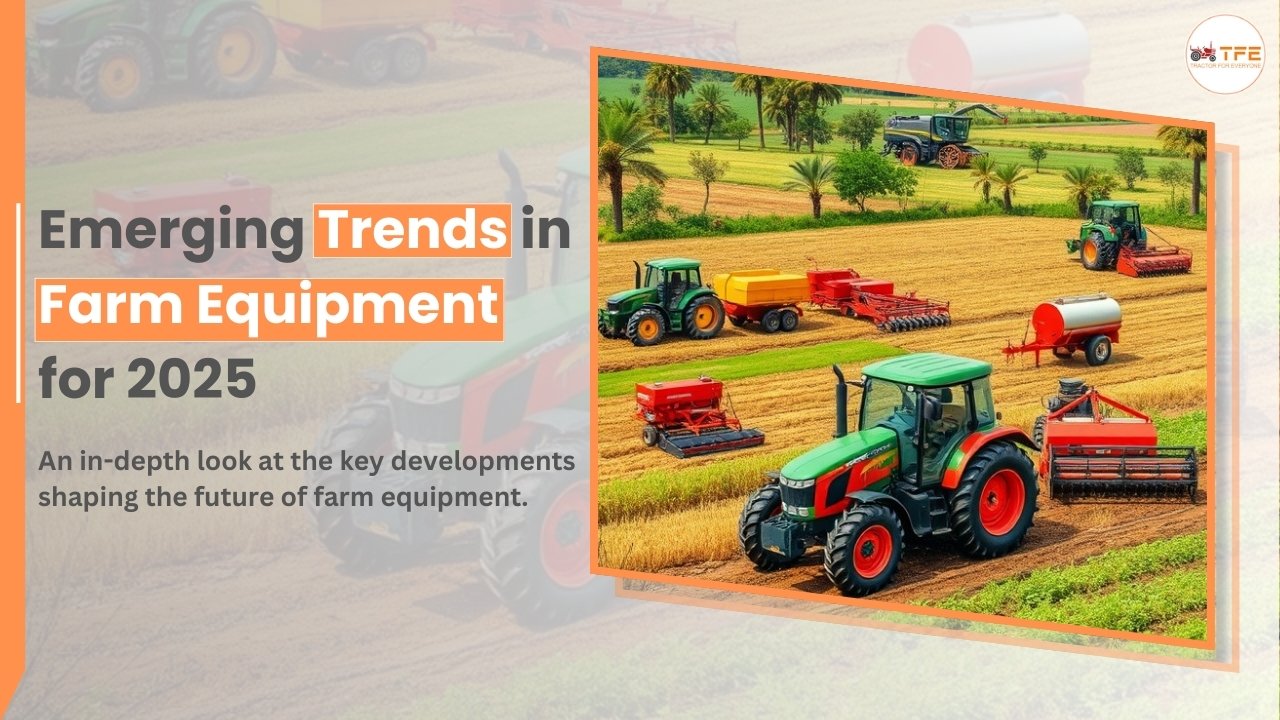
Emerging Trends in Farm Equipment for 2025
12/12/2024, POSTED BY ADMIN -

2025 Agricultural Forecast: Key Trends and Predictions for Crop Production in India
12/11/2024, POSTED BY ADMIN -
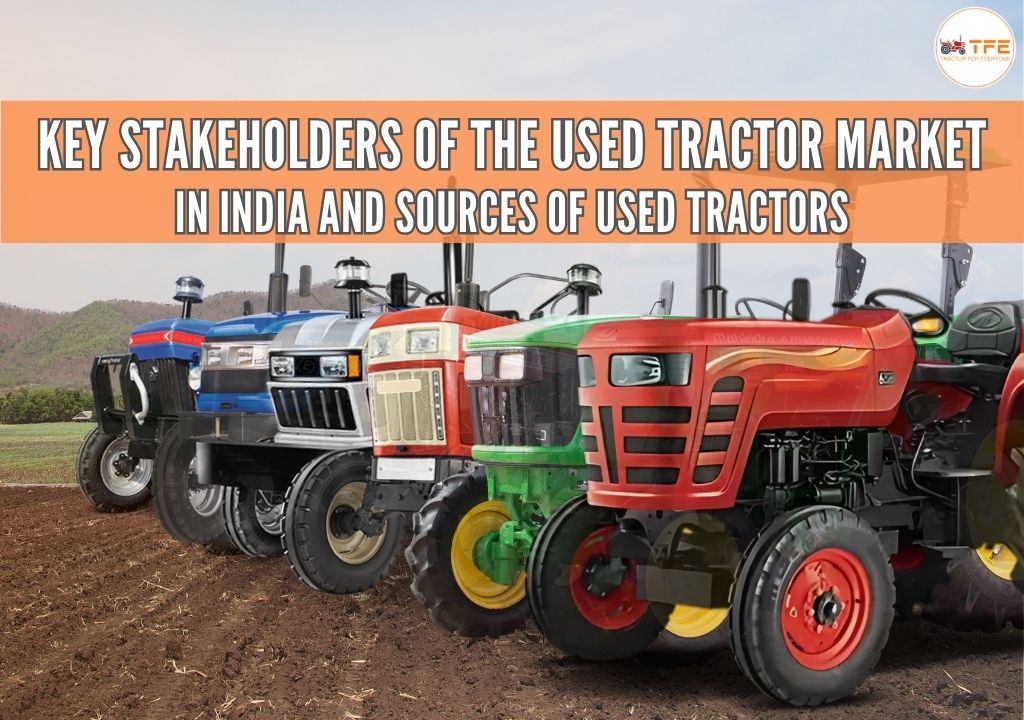
Key Stakeholders of the Used Tractor Market in India and Sources of Used Tractors
02/04/2025, POSTED BY ADMIN -
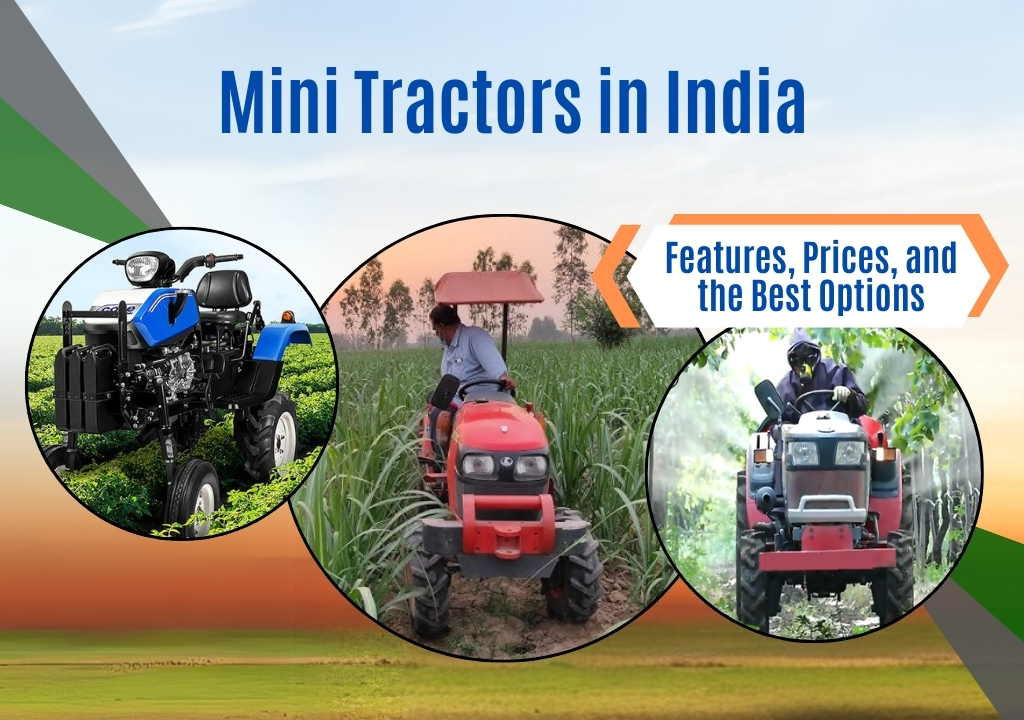
Mini Tractors in India - Features, Prices, and the Best Options
02/06/2025, POSTED BY ADMIN -
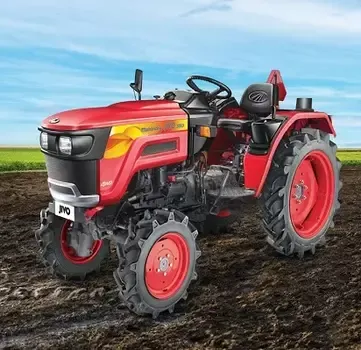
Exploring Top 10 Tractor Brands for Farming in India
05/06/2024, POSTED BY ADMIN

